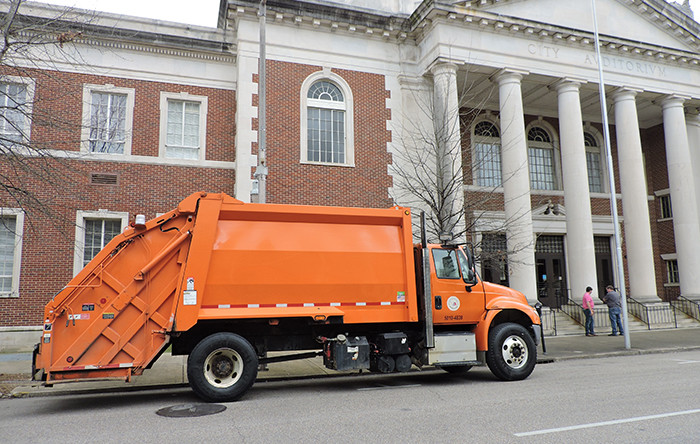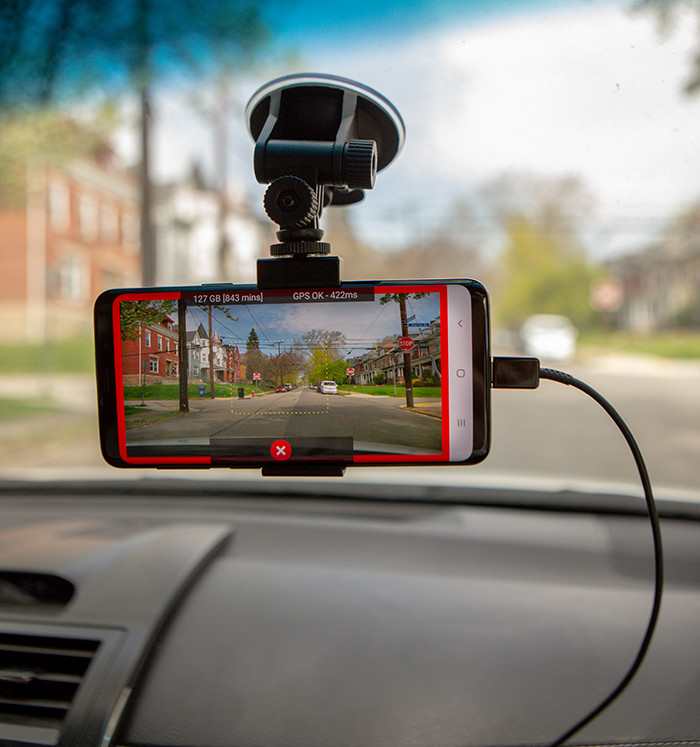Montgomery used iPhones, sensors in trucks and wireless networks to help sanitation workers make trash collection more efficient.
The wirelessly transmitted information, which can be accessed through an online portal, helped the city compare how quickly routes were being completed to ensure the work was spread appropriately throughout the week.
Devices installed in the trucks’ engines also provided continuous diagnostic feedback on elements such as idling time and engine performance. If the system registered one of 10 critical fault codes, a notification was sent for the vehicle to be examined.
“Just from that implementation, we’ve probably avoided upward of three figures in garage expense costs we might have incurred,” says Director of Public Works Chris Conway. “You’re getting real-time data on service confirmations and exceptions, and legacy data on participation rates. As an additional benefit, if a truck breaks down, managers and supervisors have the exact address, and another driver can pick up the rest of the route.”
VIDEO: Find out how San Diego is undertaking digital transformation.
Using Smart Tools to Enhance Safety
Another pilot program involved using artificial intelligence to examine and rate paved streets, giving scores ranging from 1 (for roads in the best condition) to 5 (for roads in the worst shape).
Scores could be averaged for a particular segment to come up with an overall grade — such as 3.75 for a half-mile — to help advise which streets should be repaired first.
Previously, teams of city workers had to visually inspect and grade Montgomery’s roughly 1,100 miles of roadway as good, fair or poor — sometimes using inconsistent evaluation standards, which made it difficult to determine how to distribute the $1 million to $2 million Montgomery allocates to paving each year, says Conway.
“There’s no argument about looking at the east side differently than the north or the west side; that took that bias out of it,” he says. “With AI, you are rating everything using the exact same criteria, and you get numerical feedback from just applying a little more data.”












